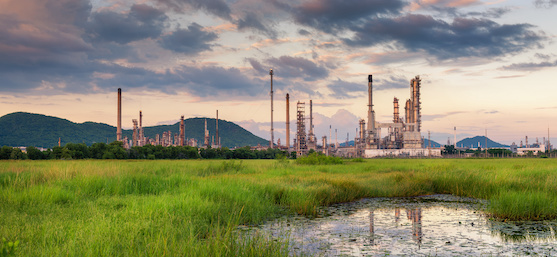
Understanding Formaldehyde Emissions and Their Impacts on the Environment
October 11, 2023
Formaldehyde is a common chemical compound that is used in a wide range of everyday use products including adhesives, coatings, and plastics. However, it is also a known carcinogen and can have harmful effects on human health and the environment. In this blog post, we will explore what formaldehyde emissions are, how they are produced, and their impact on the environment.
What are Formaldehyde Emissions?
Formaldehyde emissions refer to the release of formaldehyde into the air, predominantly as a gaseous phase constituent. This can happen during the combustion of fuels, manufacturing, use, and disposal of products that contain formaldehyde. Formaldehyde can also be naturally occurring in the environment but is typically present at low levels.
How are Formaldehyde Emissions Produced?
Formaldehyde emissions can be produced through a range of processes. One common source is the use of formaldehyde-based resins in manufacturing composite wood products, such as plywood, particleboard, and medium-density fiberboard. Formaldehyde can also be emitted during the combustion of fossil fuels such as coal, liquid fuel, and natural gas via oxidation of methane and incomplete combustion.
What is the Impact of Formaldehyde Emissions on the Environment?
Formaldehyde emissions can have a range of harmful effects on the environment. When formaldehyde is released into the air, it can react with other pollutants to form ground-level ozone which can contribute to smog and air pollution. Formaldehyde can also be deposited onto soil and water leading to contamination and potential harm to ecosystems and aquatic life.
How are Formaldehyde Emissions Regulated?
Formaldehyde emissions are regulated by a range of government agencies, including the Environmental Protection Agency (EPA) in the United States. The EPA has established formaldehyde emission standards for a range of products, including composite wood products, insulation, and textiles. Manufacturers are required to label their products with formaldehyde composition information. The EPA also has specific formaldehyde regulations for emission sources such as power plants and testing is required to ensure compliance with these standards on an annual basis.
How can Formaldehyde Emissions be Reduced?
There are a range of measures that can be taken to reduce formaldehyde emissions. For manufacturing, one approach is to use alternative materials that do not contain formaldehyde-based resins. This can include using solid wood or wood products made with non-formaldehyde-based adhesives. Improved ventilation systems in buildings can also help to reduce formaldehyde concentrations in the air. Additionally, proper disposal of products that contain formaldehyde can help to prevent emissions during the disposal process.
Formaldehyde emissions from combustion sources can be reduced by the installation of catalysts and routine maintenance of the entire system. Generally, formaldehyde emissions should be well within compliance as long as there is near complete combustion of the fuel. An old catalyst, misfiring duct burners, and a slew of other possibilities within the entire unit can lead to high formaldehyde emissions.
Safeguard Health and the Environment for Generations by Reducing Formaldehyde Emissions
Formaldehyde emissions can have significant impacts on human health and the environment. Understanding how formaldehyde is produced, emitted, and regulated is critical for environmental personnel, environmental professionals, and stack testers By taking measures to reduce formaldehyde emissions, we can help protect our health and the environment for future generations.


